Many craft villages clustered in close proximity to each other create golden routes for cultural tourism . For example, within a radius of about 15 kilometers in the southern districts of Hanoi, there are many craft villages such as Quat Dong embroidery (Thuong Tin), Chuon Ngo mother-of-pearl inlay (Phu Xuyen), Trach Xa ao dai (Ung Hoa), interspersed with famous relics such as Dau pagoda, Boi Khe pagoda or Cuu village, where many great scholars of the past are preserved.
Painters, art researchers and fashion designers have come to Trach Xa or Quat Dong to find ways to restore traditional ao dai and ancient embroidery designs that were once thought to be lost.
Craft villages such as Dai Bai bronze casting or Dong Ky wooden furniture in Bac Ninh are close to national treasure pagodas such as But Thap Pagoda, Dau Pagoda or Phat Tich. Statue carving villages such as Bao Ha (Vinh Bao, Hai Phong) or Dong Xam silver carving (Kien Xuong, Thai Binh ) are associated with pilgrimage routes to community religious centers.
In the Northwest mountainous region, tourist areas in Mai Chau (Hoa Binh) have become popular with tourists because of the highly developed homestay model and the experience of the Muong people's brocade weaving village. In the far South Central region, the Cham brocade weaving village in My Nghiep (Ninh Thuan) is located next to Bau Truc pottery village, not far from the Po Klong Garai Cham Tower relic, creating a unique cultural experience.
Craft villages have survived modern life by gradually finding ways to transform into less polluting, profitable and creative craft villages. Craft villages are still mentioned a lot today thanks to the products present in life and especially with the connection of specialized research in industrial arts and tourism economics, creating three legs of new prosperity.
Heritage Magazine




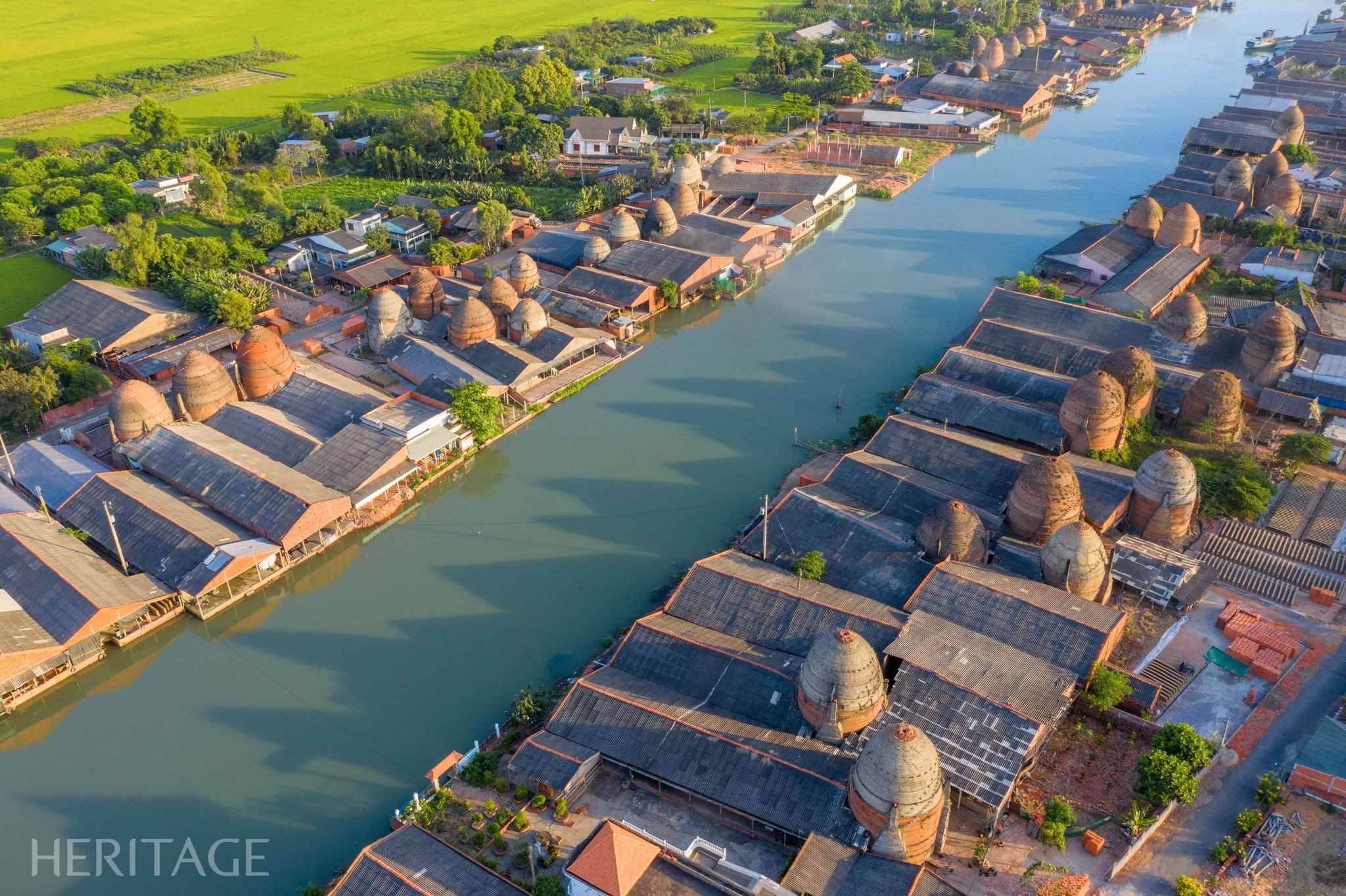
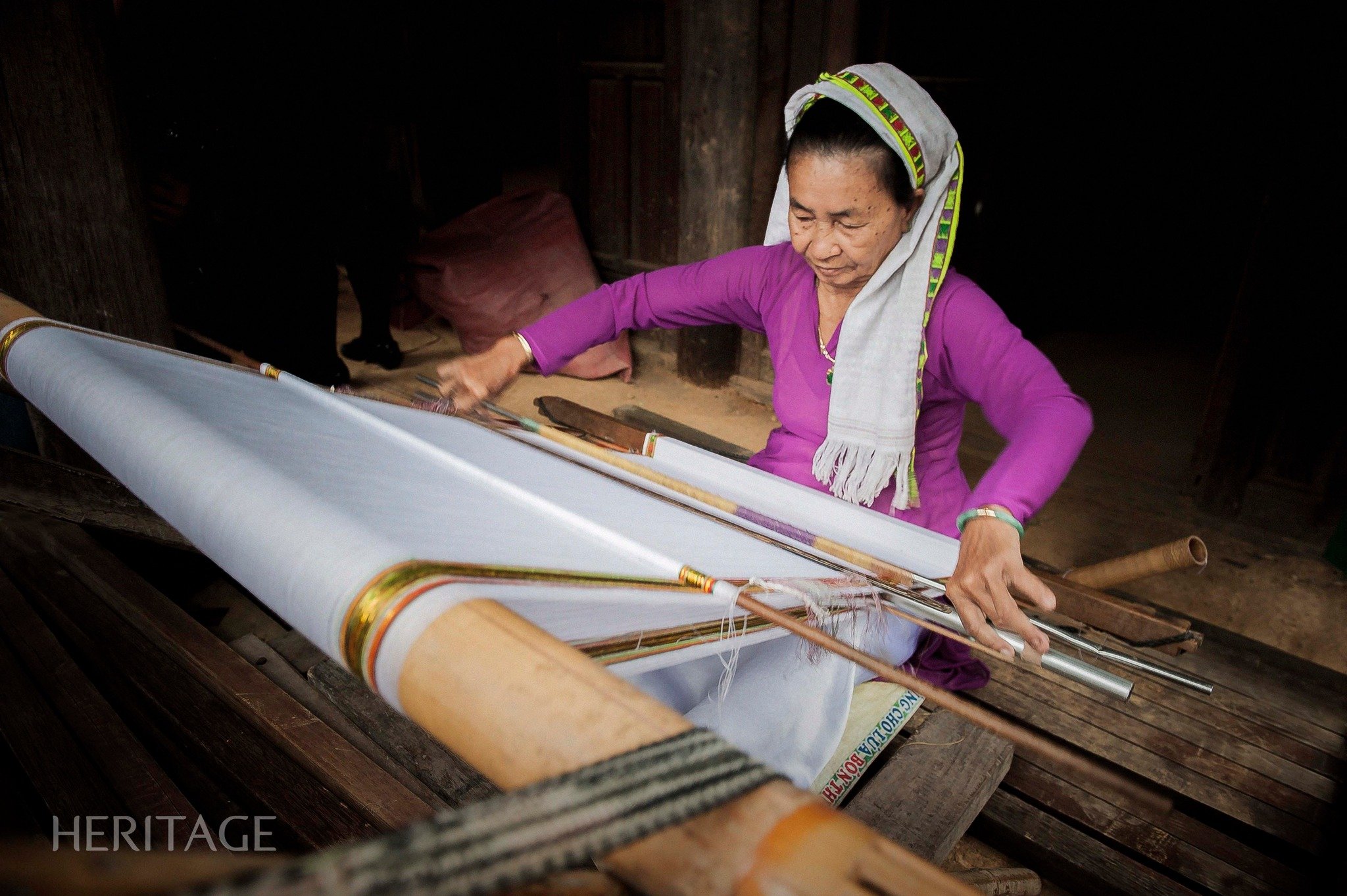

![[Photo] Hanoi morning of October 1: Prolonged flooding, people wade to work](https://vphoto.vietnam.vn/thumb/1200x675/vietnam/resource/IMAGE/2025/10/1/189be28938e3493fa26b2938efa2059e)


![[Photo] President of the Cuban National Assembly visits President Ho Chi Minh's Mausoleum](https://vphoto.vietnam.vn/thumb/1200x675/vietnam/resource/IMAGE/2025/10/1/39f1142310fc4dae9e3de4fcc9ac2ed0)
![[Photo] Keep your warehouse safe in all situations](https://vphoto.vietnam.vn/thumb/1200x675/vietnam/resource/IMAGE/2025/10/1/3eb4eceafe68497989865e7faa4e4d0e)




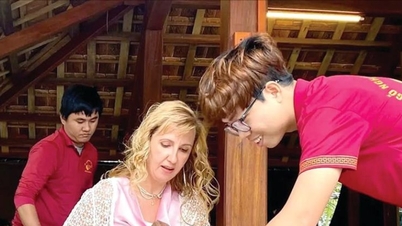








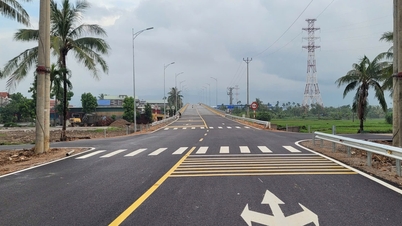

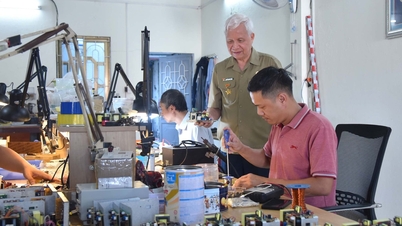
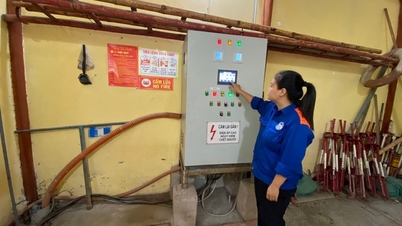













































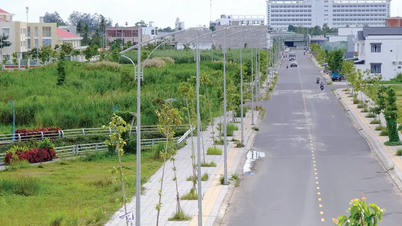



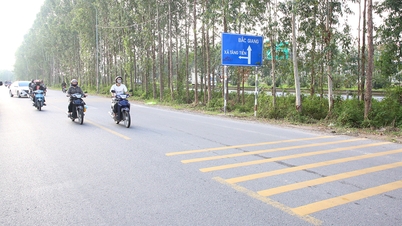

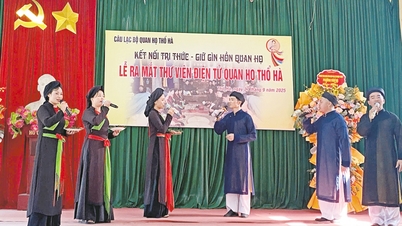
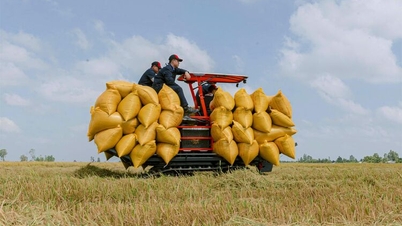
















Comment (0)